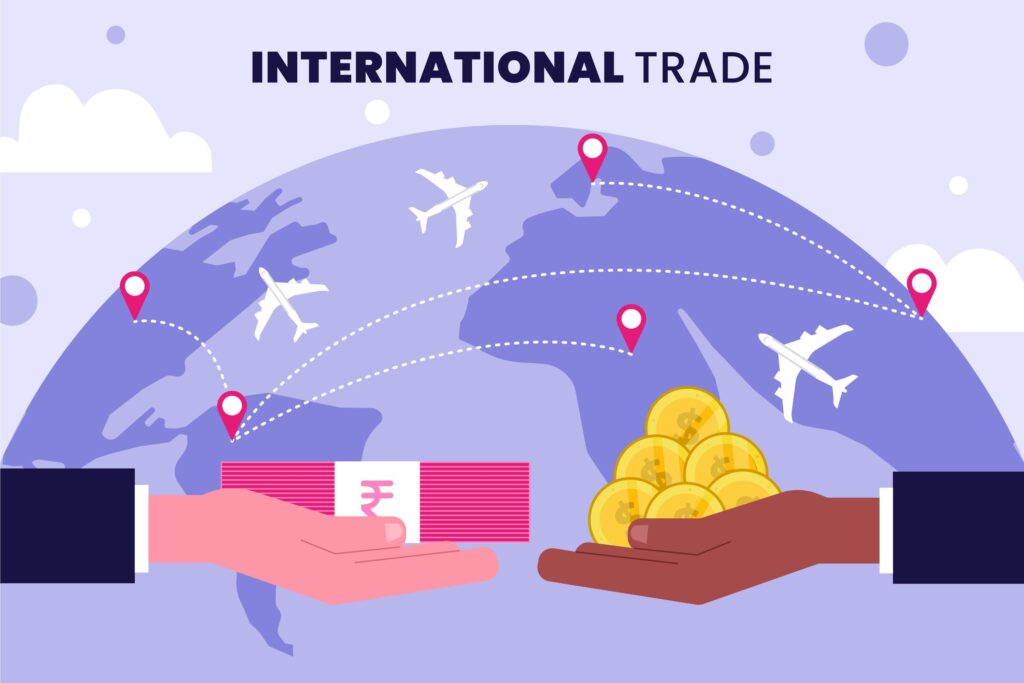After multiple rounds of tariff hikes on China, former President Donald Trump has unexpectedly hinted at the possibility of lowering tariffs, citing concerns that continued pressure could stall trade between the two nations.
Though Trump’s tone has shifted, his wording remains vague. By saying tariffs “may” be reduced, he leaves ample room for interpretation. He hasn’t fully backed off from targeting China and is still pushing other countries to curb trade with Beijing.
This softening comes amid mounting domestic pressure. From Federal Reserve leaders to major retailers, state governments, and economists, criticism is intensifying. The escalating tariffs have driven up costs, slashed sales, and triggered layoffs, making it increasingly hard for American businesses to cope.
California even filed a lawsuit against the federal government, with its governor blaming the tariffs for disrupting supply chains, raising prices, and costing the state billions. Goldman Sachs projects that retaliation from trade partners could slash U.S. GDP by as much as $83 billion.
Although Trump’s rhetoric has softened, the actual policy direction remains uncertain.
American Sellers Hit Hard, Struggle to Stay Afloat
Roughly 70% of products on Amazon originate from China. Many U.S.-based sellers import in bulk and fully bear the cost of tariffs, unlike some overseas sellers who use tax-included logistics or low-value declarations to cut costs.
With higher labor, utility, and operational expenses, American sellers face a significant disadvantage. For example, a California-based seller named Dusty says her warehouse is now filled with unsold goods due to tariff hikes—many of which were imported before the new rules.
Another seller, Casey, had $5 million in revenue last year. But this year, he expects to pay over $190,000 in tariffs on a single shipment—up from just $4,700 under 2024’s previous rates. He may be forced to lay off half of his team.
Even major brands like MGA, the maker of Bratz and L.O.L. Surprise dolls, are under pressure. In just two weeks, the company paid nearly $10 million in import duties and may now delay new product launches while increasing prices—some dolls may double in price.
Manufacturers like Tarptent Inc., which rely heavily on Chinese and Vietnamese suppliers, have halted overseas production. The company’s president admits he has “no idea what to do next.”
A report from PYMNTS Intelligence shows that nearly 1 in 5 small businesses are pessimistic about their five-year outlook. Among firms without access to funding, 13% say they may not survive the next two years.
Trump’s aggressive tariff strategy has inadvertently inflicted serious damage on American businesses. Even if he reverses course, the harm may already be done.








